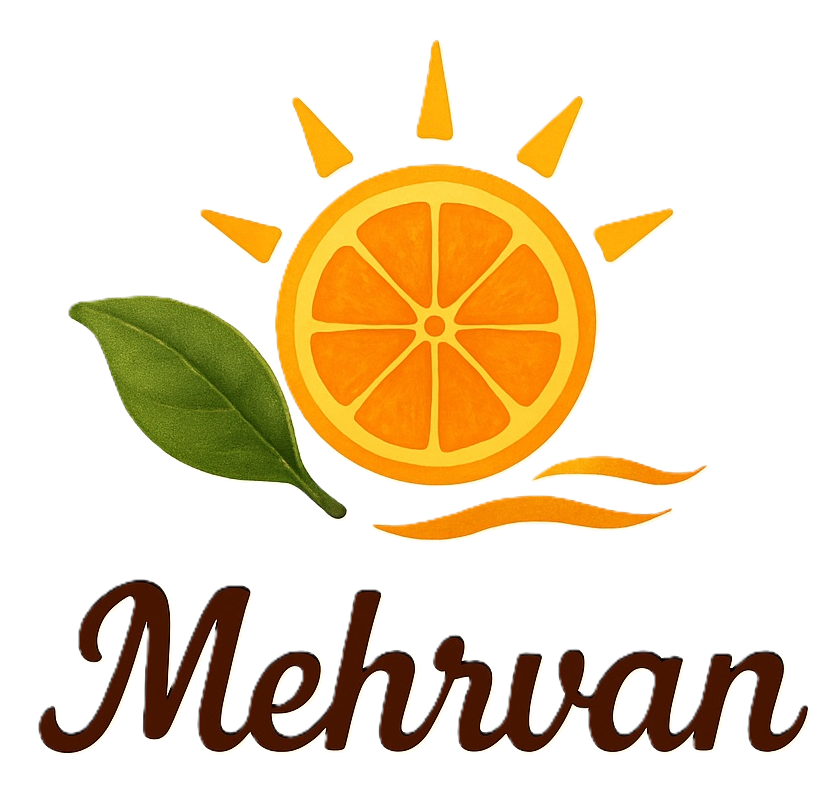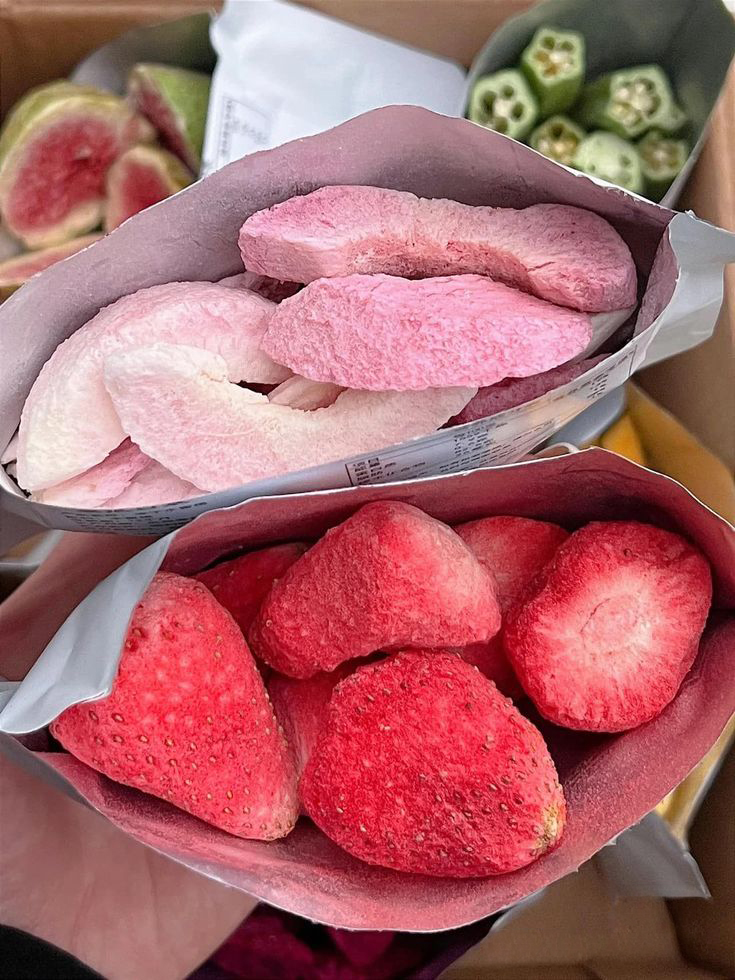Dried fruits have been one of the oldest preservation methods for centuries, serving as the foundation for international food trade and dried fruits export. From ancient Persia to modern markets, traders have relied on drying techniques to extend shelf life, reduce waste, and add economic value to fruits. This tradition continues today, where Iranian producers still play a major role as leading suppliers.
At the same time, advanced methods such as semi-dried fruits and freeze-dried fruits are increasingly popular, offering unique qualities for different markets. For every Iranian dried fruits supplier, understanding the difference between dried, semi-dried, and freeze-dried fruits is not just a technical detail—it is essential for successful positioning in the global dried fruit trade. Exporters like me, Ali Farahbakhsh emphasize that knowing how each method impacts shelf life, taste, and cost helps match products with the right buyers worldwide.
| # | Feature | Semi-Dried Fruits | Heat-Dried Fruits | Freeze-Dried Fruits |
|---|---|---|---|---|
| 1 | Processing Method | Partially dried with lower temperature and shorter time | Dried using controlled heat, sun, or industrial dryers | Frozen first, then dehydrated under vacuum |
| 2 | Moisture Content | Around 25–35% | Less than 20% | Less than 5% |
| 3 | Shelf Life | 3–9 months, needs proper storage | 6 months to 2 years (depending on packaging) | Over 2 years, preserves nutrients |
| 4 | Taste & Texture | Soft, juicy, closer to fresh fruit | Sweeter, chewier due to sugar concentration | Fresh-like taste and texture, lightweight |
| 5 | Market & Usage | Niche markets, gourmet snacks, health-focused consumers | Bulk exports, general consumption | Premium markets, luxury food products (cereals, chocolate, yogurts) |
Although all three preservation methods share the same purpose—extending the usability of fruits—their applications and market value are not interchangeable. Heat-dried fruits are the most traditional and cost-effective, forming the backbone of many bulk shipments in dried fruits export. They are ideal for large-scale distributors and wholesalers, particularly in Middle Eastern and Asian markets, where dried fruits are a staple in daily consumption. By understanding these differences, Iranian dried fruits suppliers can better position their products for specific buyers and maximize return on investment.
Semi-dried fruits, with their soft, juicy texture, appeal to markets that value freshness and premium snacking experiences. These products are gaining popularity in European countries and urban centers with health-conscious consumers. For exporters involved in dried fruit trade, semi-dried options provide a strategic advantage, bridging the gap between traditional dried fruits and high-end freeze-dried products. We at Mehrvan Fruits note that offering semi-dried fruits alongside other categories allows suppliers to target multiple segments within a single market.
Meanwhile, freeze-dried fruits represent a high-tech innovation that preserves nearly all nutritional value and original flavor. Lightweight and visually appealing, these fruits are widely used in health-focused industries such as cereals, energy bars, chocolates, and yogurt toppings. For international dried fruits export, freeze-dried products are positioned as premium goods for markets like Europe, North America, and Japan, where consumers prioritize both quality and health benefits. Iranian dried fruits suppliers who invest in freeze-dried processing can command higher prices while maintaining a reputation for reliability and excellence in dried fruit trade.
Choosing the right type of dried fruit—whether heat-dried, semi-dried, or freeze-dried—is crucial for success in the global dried fruits export market. Each method offers unique benefits in terms of taste, texture, shelf life, and pricing, allowing Iranian dried fruits suppliers to meet diverse market demands. By understanding the preferences of different regions and tailoring products accordingly, exporters can strengthen their position in dried fruit trade, build long-term partnerships, and deliver consistent quality to international buyers. This strategic approach ensures that every shipment not only satisfies client expectations but also enhances the reputation of Iranian dried fruits in the global marketplace.


